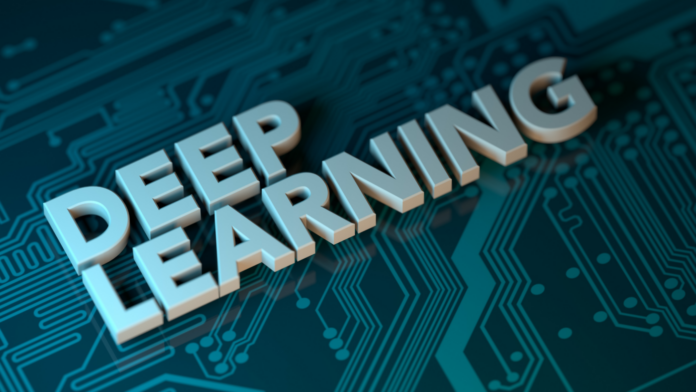Deep learning is an artificial intelligence (AI) function that mimics the human brain’s processing of data and pattern creation in order to make decisions.
Deep learning algorithms analyse data with a predetermined logical structure in order to reach similar conclusions as humans. Deep learning achieves this by employing a multi-layered structure of algorithms known as neural networks.
The neural network’s design is inspired by the structure of the human brain. Neural networks can be taught to perform the same tasks on data that our brains do when identifying patterns and classifying different sorts of information.
Individual layers of neural networks can also be thought of as a kind of filter that works from the most obvious to the most subtle, improving the possibility of detecting and producing a right result.
The human brain operates in a similar manner. When we get new knowledge, our brain attempts to compare it to previously encountered objects. Deep neural networks make use of the same notion.
Latest Trends
CNN-based deep learning models have gained a lot of traction in computer vision applications like image classification, object detection, and face recognition.
In deep-learning models, the innovative analytic hierarchy process (AHP) based on grey relational analysis (GRA) can be an effective technique to remove extraneous elements and parameters.
To deal with time-series difficulties, deep-learning models are being developed.
The Chinese ink style painting generation model and image semantic segmentation are built separately using a deep learning framework and convolutional neural network (CNN) methodologies.
The new deep learning algorithm is better at dealing with noisy input.
The usage of convolutional neural networks in smart surveillance and monitoring, social network photo tagging and image categorization, robotics, drones, and self-driving automobiles has reignited interest in the technology.
This is used by data scientists at Google, Amazon, Facebook, and other companies to perform image filtering and classification.
Deep learning for computer vision, which enables a barcode scanner’s capacity to “see” and “understand” the stripes in a barcode, is a closely related area. When Apple’s Face ID detects your face, it recognises you in the same way. There are numerous platforms available to get started with deep learning for computer vision, including Google’s Vision API, Allegro.ai, Missinglink.ai, and others.
Although CNNs can handle translations, the human visual system is unable to distinguish things in a variety of view angles, backdrops, or lighting conditions, which CNNs are unable to do.
When today’s leading CNN systems, which achieve +90 percent top-1 accuracy on the ImageNet benchmark, try to identify images in a real-world object dataset, their performance drops by 40–45 percent.
Follow and connect with us on Facebook, LinkedIn & Twitter

